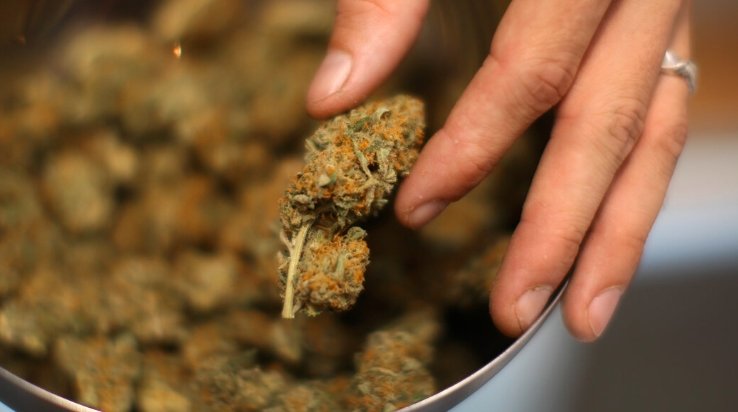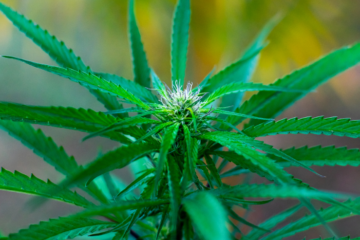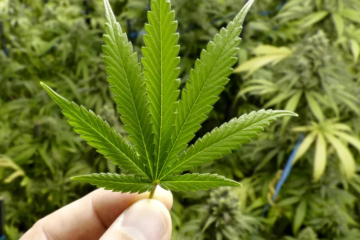Cannabis today is no longer just dried flowers or the key ingredient in dorm-room brownies. With the rise of edibles, tinctures, creams, and even highly potent concentrates like wax and dabs, cannabis has transformed into a highly engineered commodity. THC concentrations in modern cannabis can reach up to 90%, a far cry from the 2-4% that was common in the past. As it becomes more mainstream and available in local stores, the public often treats cannabis as casually as an evening glass of wine. However, this perception is dangerously misleading.
As a researcher focused on the health impacts of cannabis, I have seen the rapid expansion of the cannabis market outpace our understanding of its potential harms and benefits. The lack of regulation and oversight in the current cannabis landscape is alarming. Unlike other plant-based products, cannabis and its derivatives often bypass the rigorous safety testing mandated for food and medicine. This has led to a patchwork of state laws in the U.S., each with its own set of rules and standards, but with minimal federal regulation ensuring that the products on dispensary shelves are safe or even effective.
The Rise of High-Potency Cannabis
The cannabis of today is far from the mild versions many older users may recall. Cannabis is now sold in a wide variety of formats, from fruit-flavored gummies to vape pens. While it may seem like a harmless addition to a consumer’s wellness routine, the reality is that the high-potency, concentrated forms of cannabis—often with THC levels up to 90%—can pose significant health risks.
In a recent report by the National Academy of Science, Engineering, and Medicine (NASEM), my colleagues and I highlighted the growing concerns surrounding the increased potency of cannabis products. As THC levels climb, so do the risks. High-potency cannabis is linked to an array of mental and physical health issues, including schizophrenia, psychosis, respiratory problems, and developmental concerns in children exposed to cannabis during pregnancy. Yet, this information is often not reflected in the public’s perception or in the laws regulating cannabis.

A Lack of Regulation
Cannabis legalization in the U.S. has created a complex situation. Cannabis is legally marketed as a treatment for a range of conditions, from sleep problems to anxiety to chronic pain, but it is not subject to the same level of regulation as other medical products. Unlike pharmaceuticals, cannabis products do not undergo rigorous safety or efficacy testing by the Food and Drug Administration (FDA). Instead, they are allowed to enter the market through state-level legislation, with little oversight.
This gap in regulation allows cannabis products to be sold with minimal accountability. Consumers are often left unaware of the true risks of these products. Even when products are labeled with THC content, there is little assurance that the dosage is accurate or that the product is safe. Many consumers are also purchasing hemp-derived products, like delta-8-THC, which, while marketed as a milder alternative to traditional cannabis, can be just as intoxicating and potentially harmful. Furthermore, these products are often made with chemicals that can be hazardous to health.
The Need for National Standards
What is clear is that the cannabis industry needs national standards for production, testing, and labeling. Inconsistent laws from state to state create confusion for consumers and hamper research into the health effects of cannabis. Without standardized regulations, people may unknowingly put themselves at risk by consuming products that are not what they claim to be.
Research is needed to better understand how modern, high-potency cannabis impacts our health. While cannabis has been shown to have therapeutic effects for certain conditions, its risks—especially at higher doses—are not well understood. We also need more data on the long-term impacts of regular cannabis use, particularly on young people, pregnant women, and seniors.
Addressing Health Equity and Public Education
Cannabis legalization also highlights issues of health equity. The impact of cannabis use and the uneven distribution of cannabis retailers in low-income communities and communities of color is a pressing concern. Although cannabis arrests have decreased in states where cannabis is legal, studies show that the benefits of legalization are not equally distributed across racial lines. It is crucial that policies also address these disparities.
Public education campaigns are needed to help people understand the risks associated with cannabis use, particularly for vulnerable populations. A balanced, evidence-based approach to cannabis education could empower individuals to make more informed decisions about their health.
Moving Forward
As cannabis use continues to rise—especially among younger populations—public health policies must evolve to keep pace. We cannot afford to treat cannabis as simply a recreational drug or wellness product. It is a potent substance that requires careful regulation, testing, and oversight. By establishing comprehensive, science-backed policies, we can ensure that cannabis is used safely, effectively, and equitably across society.
We must address the gaps in our knowledge and regulation, focusing on health outcomes and consumer safety. A proactive approach to cannabis regulation—one that learns from the mistakes made with alcohol and tobacco—could help mitigate the risks associated with this growing industry. Until then, we are leaving the public vulnerable to a market that is not yet fully understood.



